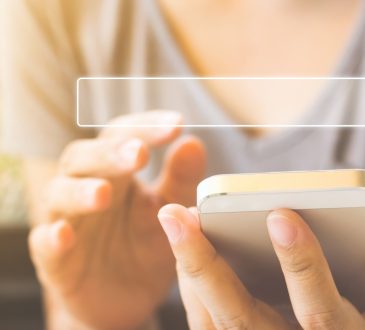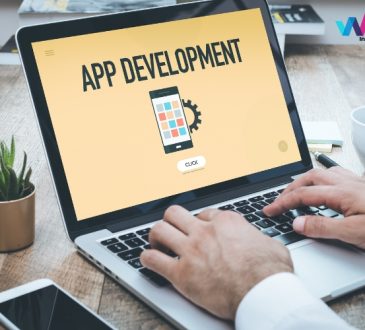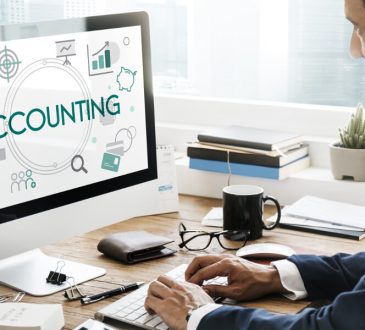The easiest method to ensure that all of your consumers can use your digital goods and services is to build them with digital accessibility in mind from the outset. User research is the initial step in the design process, and accessibility considerations must be incorporated at every level, all the way to the coding stage. Consult with accessibility specialists to ensure that your designs are as user-friendly as feasible within the limits of the project. Conduct an accessibility audit to guarantee compliance with the latest recent standards and requirements.
Even though your goods and services are designed with digital accessibility in mind during the creation process, they must be tested to guarantee that they can be utilized. This guarantees that your consumers may use them without danger of injury. To reach this aim, a number of testing methodologies and technologies must be employed, including automated accessibility testing strategies and manual accessibility testing done by people with disabilities.
QualityLogic is one organization that can both test your software and work with you to establish digital accessibility initiatives. They believe in accessibility for everybody and understand how much it can help businesses as well!
Continue to Obey the Regulations
Accessibility is required by several laws and regulations, the most important of which is version 2.0 of the Web Content Accessibility Guidelines (WCAG). The Web Content Accessibility Guidelines 2.0 are one of numerous regulations and standards. Furthermore, a rising number of nations are adopting norms and standards comparable to those of other countries. It is vital that you remain up to speed on industry advancements if you want to guarantee that the items and services you sell are lawful.
The Advantages of Online Information Access
“Disability” is defined by the World Health Organization as “an umbrella word that covers impairments, activity limits, and participation restrictions.” Physical, sensory, cognitive, intellectual, or behavioral health issues can all lead to disabilities. One billion individuals worldwide are estimated to have some impairment, making it one of the most frequent types of medical conditions.
Despite this, persons with impairments may face barriers to employment and education. One strategy for tackling these concerns is to guarantee that everyone has access to digital goods and services that are accessible. As a result, websites and software that a wide spectrum of impaired individuals can utilize are required. Accessibility in the digital sphere helps to reduce some of the barriers that people with disabilities confront and allows them to live more complete and inclusive lives by making digital information and services more accessible.
What’s the Use of Making Myself Available to Others?
When it comes to browsing digital information, people with disabilities encounter various problems, not to mention the fact that this activity is prohibited. Individuals who are blind or have visual issues may use screen reader software to translate text to voice. Captions or subtitles may be required for those who are deaf or hard of hearing to access audio or video-based information. Information presentation may need to be modified for those with cognitive problems.
Furthermore, persons with physical disabilities may require access to information that may be input in some ways, such as through switches or eye-gaze trackers, among other means. Taking into account numerous user requests enables website designers and developers to make digital information more accessible to a broader number of individuals.
What is the Impact of Digital Accessibility on Your Website?
Accessibility in the digital environment refers to the degree to which individuals with various sorts of disabilities can access various types of digital material. It refers to providing equal access to digital resources to all members of society.
The most frequent way to ensure a website or app’s accessibility is to ensure that a screen reader can read each page and that the website or app can be accessed using a keyboard.
Other strategies to improve the accessibility of your website include:
- The availability of a large amount of text
- Using high-contrast colors
- Images that flash or flicker must be avoided at all costs.
- Make sure that each button has a clear text label.
- Colorblind visitors will find it easier to browse your website if you utilize high-contrast colors.
Following these steps will allow you to ensure that your website is accessible to everyone, regardless of their barriers. And if you have any doubts that you’re doing enough, employ an accessibility expert and ask them what they believe works and what doesn’t.
Accessibility For the Visually Impaired
When it comes to the information stored in digital formats, keep in mind that only some see the world the same way. People who are blind or have poor eyesight, for example, rely on special cues to understand the information supplied to them. As a result, generating digital information for them requires tremendous prudence. You should always provide a unique textual explanation with each of your images, for example. Videos should have captions and audio explanations of what is happening. By following these steps, you can ensure that everyone has access to the digital information you have.
Accessibility For Deaf/Hard of Hearing People
It is vital to address the demands of all prospective audiences when generating content for digital platforms. People with physical or mental limitations, as well as those who have trouble understanding information when given in a normal manner, fall into this category. Closed captioning, for example, can make digital information accessible to persons who are deaf or hard of hearing.
When generating digital material with closed captions, there are various factors to consider. The captions should be easy to read and comprehend. As a result, it is vital that you utilize big letter sizes and avoid utilizing complicated, difficult-to-read fonts. Subtitles must also be timed to match the audio track. Two techniques for doing this operation are manually transcribing the audio recording and employing software that can automatically produce subtitles. Last but not least, double-check the captions to guarantee they are error-free.
You will be able to develop digital material that viewers with varying degrees of skill may understand if you follow these rules. Closed captioning is one approach for widening your work’s reach; additional possibilities include audio description and sign language interpretation. If you consider the tastes of all of your viewers, you can develop digital content that is pleasant for everyone.
Content Distribution to All Users
When designing digital material for persons with intellectual disabilities, there are various variables to consider. Remember that every individual is different and will require a different technique to deal with. A few guiding principles should be followed in order to make the information more accessible. Disability services, for example, advise utilizing simple language and understandable pictures.
As a result of this, the reader may have an easier time grasping the issue, and there will be fewer misunderstandings. Multiple routes for involvement and expression of opinion are required. If the reader can interact with the text on their own terms, there is a larger likelihood that they will comprehend and retain it. Designers that follow these criteria will be able to build user-friendly instructional digital material that is also easy for all users to access.
Click here for more information on digital accessibility and QualityLogic. You may order a starting kit from their website to get a head start on the future of accessibility. Watch your brand and clients increase quickly.




